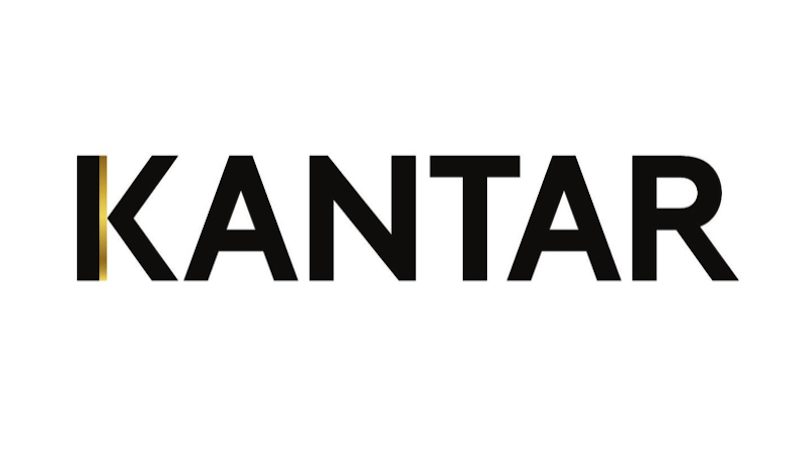Advertising’s gender stereotypes are hurting brand value, claims Kantar
Advertisers are lagging behind contemporary society’s attitudes to gender and their failure to reflect that is costing male-skewed brands, claims Kantar in its 2019 Ad Reaction report.
The WPP-owned research house’s survey found 66 per cent of Australians believe advertising conforms to gender stereotypes, despite 83 per cent of APAC marketers believing their advertising avoids traditional pigeon holes.

The survey also found 55 per cent of Australians believe advertising reinforces harmful social norms.
“Marketers need to acknowledge that while society has evolved, the industry lags in its responsiveness,” said Lizi Pritchard, senior account manager, media and digital at Kantar Australia.

